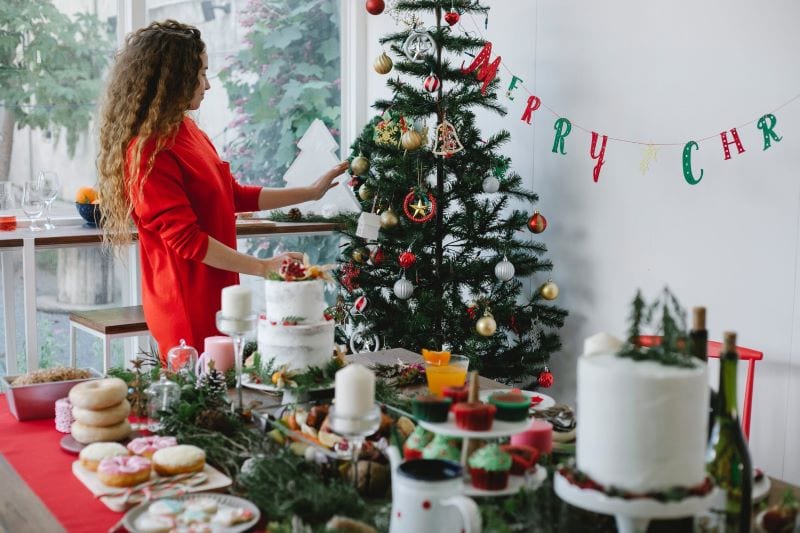The holiday season is a time of joy, love, generosity, and peace. Families and friends come together to celebrate, exchange gifts, and indulge in delicious foods, music, and traditions. One of the most popular and festive traditions of this time of the year is decorating our homes with wreaths and garlands. These beautiful displays of greenery, flowers, fruits, and other ornaments symbolize the everlasting life, fertility, abundance, and prosperity that we wish to bring to our homes and communities.
While the basic concept of wreaths and garlands is similar across many cultures, each region and religion has its unique ways of creating and displaying them. Let’s take a tour around the world and explore some of the most fascinating and colorful wreath and garland traditions:
Europe
In Europe, Christmas wreaths and garlands are an integral part of the Advent season. Advent is the period of four Sundays and weeks before Christmas, which marks the birth of Jesus Christ in Christian belief. During this time, families light candles, sing carols, and make wreaths and garlands out of evergreen branches, berries, pine cones, and ribbons. In Germany, many families hang Advent wreaths with four candles on their dining tables and light one each Sunday to celebrate the weeks leading to Christmas.
North America
In North America, wreaths and garlands are a ubiquitous symbol of Christmas. People decorate their front doors, mantelpieces, staircases, and windows with wreaths made of holly, mistletoe, poinsettia, and other seasonal flora. In the United States, Christmas wreaths have a special place in the history and culture of Maine, where they are made of balsam fir branches and sold by local farmers and artisans.
Latin America
In Latin America, Christmas wreaths and garlands are known as “Guirnaldas” or “Palmas.” They are an integral part of the colorful and vibrant celebrations of “Navidad” or Christmas. In Mexico, people make garlands of bright-colored paper, tinsel, and cotton wool to decorate their homes, streets, and churches. In Brazil, people hang palm leaves, flowers, and red ribbons on their doors and balconies to celebrate the birth of Jesus and the coming of the new year.
Asia
In Asia, Christmas wreaths and garlands are not as common as in the Western world, but they still hold a special meaning for the Christian communities living there. In India, for example, Christian families make garlands of mango leaves, marigold, and ashoka flowers to decorate their homes and churches during the Christmas season. In Japan, the concept of wreaths and garlands has been adapted to the local culture and aesthetics. People make “Kadomatsu,” which are bamboo and pine arrangements that symbolize the balance between heaven and earth.
Africa
In Africa, Christmas wreaths and garlands are a relatively new tradition that has been embraced by the growing Christian population. In South Africa, for example, families make wreaths and garlands out of indigenous flowers, such as proteas and aloes, and decorate their homes with them. In Nigeria, people use palm fronds and other local plants to create colorful garlands that represent the resilience and hope of their faith.
In conclusion, wreaths and garlands are not just decorative items; they are symbols of our connection to nature, our faith, and our culture. By embracing the diversity and uniqueness of these traditions from around the world, we can enrich our own celebrations and deepen our understanding of the human experience. So, this holiday season, why not try making your own wreath or garland using local materials and inspiration? It might just be the beginning of a wonderful new tradition for you and your loved ones.

